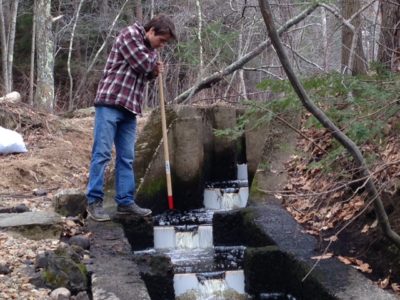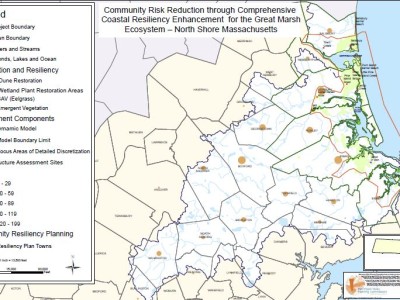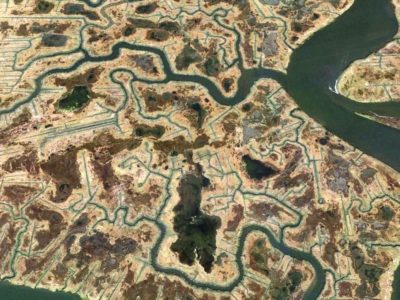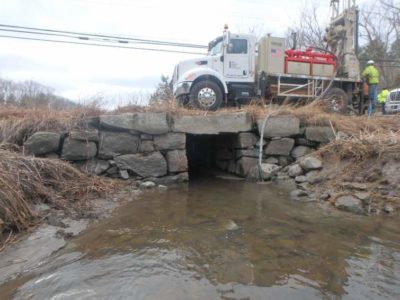Heterogeneity in a suburban river network: Understanding the influence of fluvial wetlands on oxygen conditions and biogeochemical processes in the Ipswich River Watershed
About the Project
Dissolved oxygen is currently at very low levels throughout many reaches of the Ipswich River watershed, which is of concern for fish populations, aquatic organisms, and the health of aquatic ecosystems. The project will focus on understanding the interaction of geomorphology, dissolved oxygen, metabolism, and nutrients in a suburban river network. The project proposes to measure stream metabolism in natural and anthropogenically altered portions of a river network to better understand the factors controlling dissolved oxygen content and metabolism rates observed throughout the river system. We will look at the effects of road crossings, beaver dams/ponds, anthropogenic dams/reservoirs. floodplains, natural fluvial wetlands and stream channels in different parts of the watershed. Our goal is to quantify the influence of fluvial wetlands and alterations from the channelized stream reach on dissolved oxygen content and metabolism within the stream. We hypothesize that the high abundance of fluvial wetlands, which exist within the shallow sloped headwaters and mainstem of watershed are driving down DO, while reaeration rates are low, possibly exacerbated by other human activities.
Status
2013 – Present
Toolkit and Actions
Science and Prioritization
Lead Organization: Water Systems Analysis Group, University of New Hampshire
Project Contacts:
- Wil Wollheim, PhD, Assistant Professor, Ph: (603) 862-0812, E-mail: wil.wollheim@unh.edu
- Joshua S. Cain, Masters Student, Tel: 860-202-6671, E-mail: jsn44@wildcats.unh.edu







